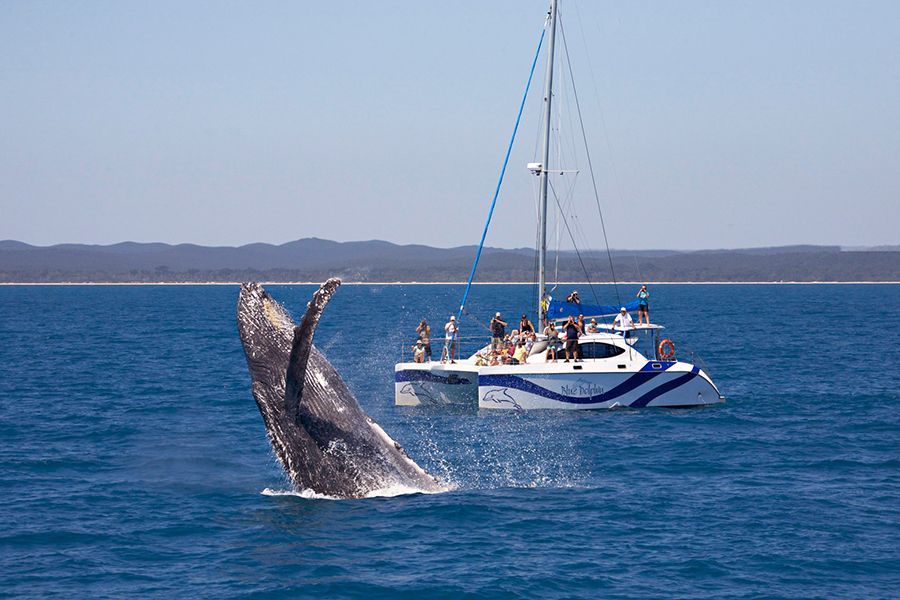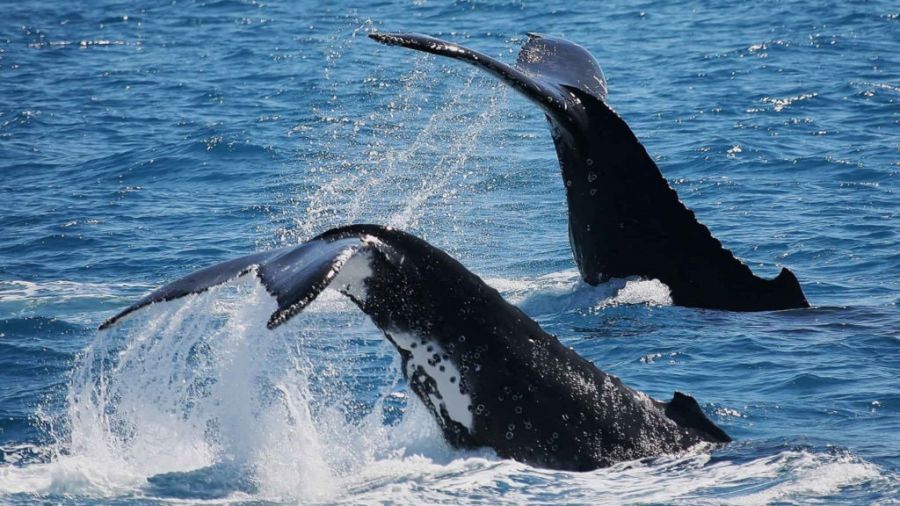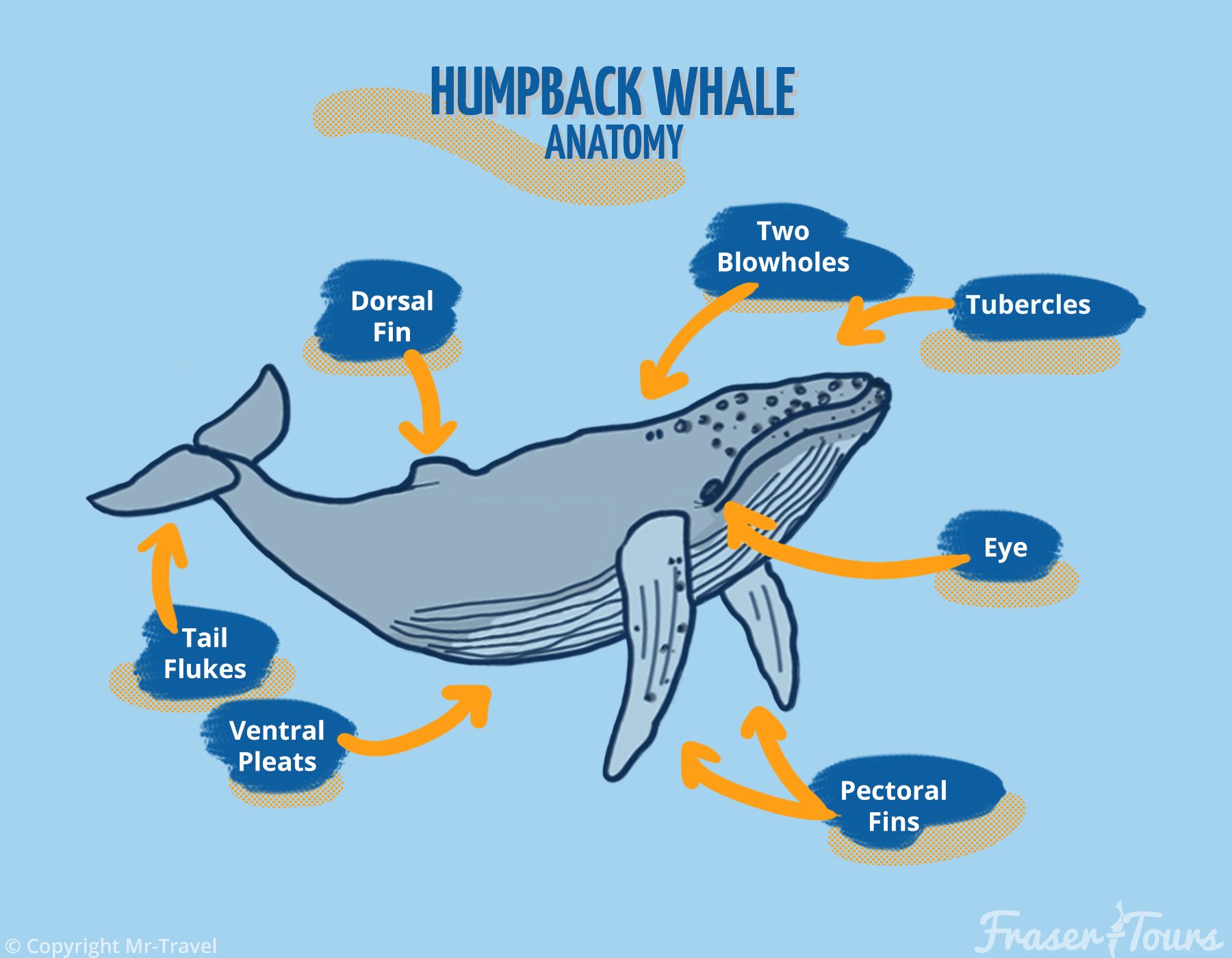Humpback Whale Behaviours
Get ready for your Hervey Bay whale watching tour and skim over these common Humpback whale behaviours and what they mean!
Frequenting the coast of Hervey Bay between July and November, Humpback whales are naturally playful, curious and quite cheeky. Their inquisitive traits are exceptionally obvious in the waters of Hervey Bay, as these ocean giants take time off from their vast Antarctic migration to relax. During this rare downtime, you will catch adult Humpbacks and their young playing, socialising and investigating your company!
Common Humpback Whale Behaviours To See In Australia
Breaching
Humpbacks whales are renowned for their energetic and interactive behaviour. A perfect example of this is when a Humpback breaches. You will see the gentle giants launch themselves out of the water at full speed, turn their massive bodies before plunging back into the ocean with a mighty splash.
This breathtaking act is said to have many purposes, including displaying dominance, attracting a mate, communicating or simply playing. As well as providing an unbeatable photo opportunity, you will be left in awe as the Hervey Bay Humpbacks show off and astound you with their breaching.

Blow
As marine mammals, Humpback whales have two blowholes on their heads for breathing. On average, Humpbacks need to surface every 45 minutes to breathe, and when they do, they simply stick their blowholes just above the surface, expel old lung air and take in a gulp of fresh air.
This breath-out may look like water or sea spray but is actually warm lung air in the form of condensation. This condensation can shoot into the air up to 3 metres! Keep an eye peeled for this impressive ‘blow’ as it is a fantastic way to spot Humpbacks before they surface.
Tail slap
The picture-perfect tail slap is a favourite amongst Humpbacks. A tail slap occurs when a whale raises its tail flukes and then uses them to slaps the water with huge force. The result is a fantastic, noisy splash, as well as the chance to glimpse a Humpback’s natural tail colouring, which is known to be unique to each gentle giant.
A tail slap can be used as a warning sign between whales, especially if it’s repeated. It is also known to be another act of play, and a charming way to experience the spirited language of whales.

Pectoral Slap
Often interpreted as a friendly wave hello, the pectoral slap is a common, playful Humpback whale behaviour. The pectoral slap occurs when a whales raise one of their pectoral fins and slap it against the surface of the water. Sometimes, they even slap both of their fins!
These cheeky mammals are known to perform this action as a means of communicating, either in a flirty manner or as a warning sign. Mother whales often teach their young calves how to pectoral slap in Hervey Bay; a simply adorable natural phenomenon to witness.

So, let’s go whale watching on the Fraser Coast!
With whale watching season quickly approaching, there has never been a better time to explore your own backyard and support domestic ecotourism. The best way to understand the astonishing beauty of Humpbacks is to see them in their natural environment on a Hervey Bay whale watching tour.
Get up close and personal with these gentle giants on our array of sensational whale tours. Featuring a range of new and eco-certified boats, you’ll be sure to gain a newfound appreciation for these wonderous and unique creatures.
Book your whale watching adventure from Hervey Bay!













